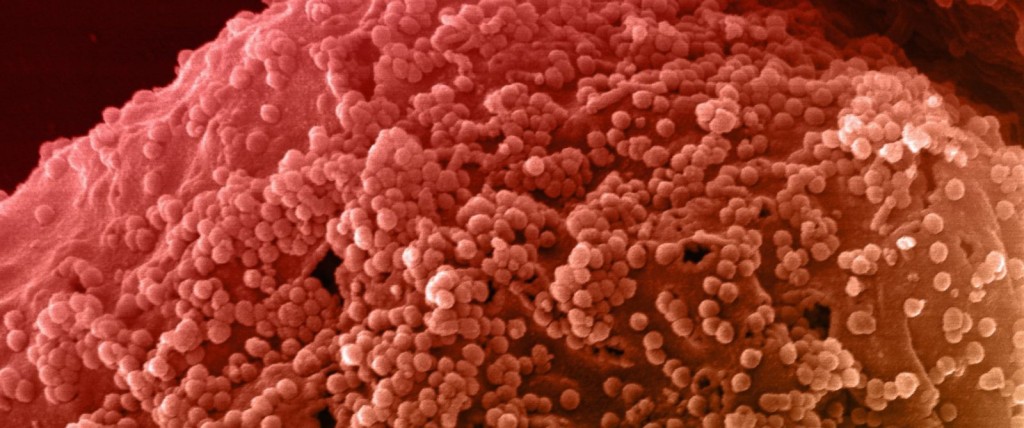
However, the report also says that this drop is likely due to better diagnosis rates among heterosexuals, those who use intravenous drugs, and blacks (and especially black women), although the HIV infection rate among black gay men increased; thankfully this now appears to have, at the very least, leveled off.
But better diagnosis has been facilitated by more testing and better detection methods—including education—and followed up with better treatment and prevention options as well.
“Although we are encouraged by the recent slowing of the epidemic among black gay and bisexual men — especially young men — they continue to face a disproportionately high HIV burden and we must address it,” explains Dr. Jonathan Mermin, who is the director of the CDC’s National Center for HIV/AIDS, Viral Hepatitis, STD, and TB Prevention. “Much more must be done to reduce new infections and to reverse the increases among Latino men. There is hope that the National HIV/AIDS Strategy and other efforts are beginning to pay off, but we can’t rest until we see equal gains for all races and risk groups.”
More specifically, new diagnoses fell from 48,795 to 39,718 over the last decade, which is a drop of 19 percent. Researchers also says that this was largely driven by a 35 percent decline in diagnosis among the heterosexual population.
“We have the tools to stop HIV right now,” comments Dr. Eugene McCray, who is the director HIV/AIDS prevention at the CDC. “We urgently need to accelerate access to testing, treatment, and new biomedical prevention strategies so that everyone can protect themselves and their partners.”








